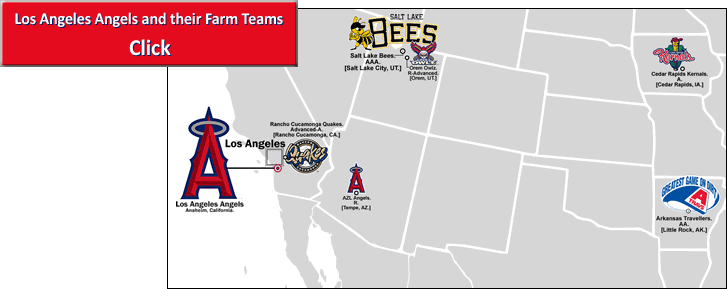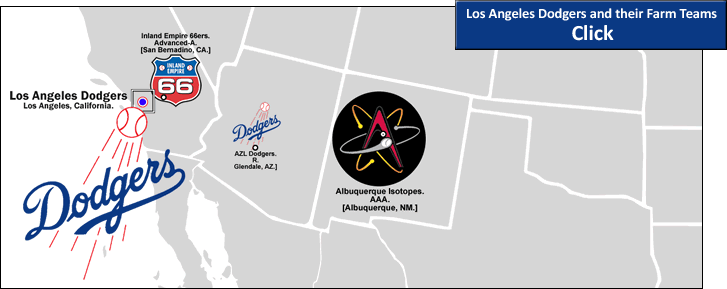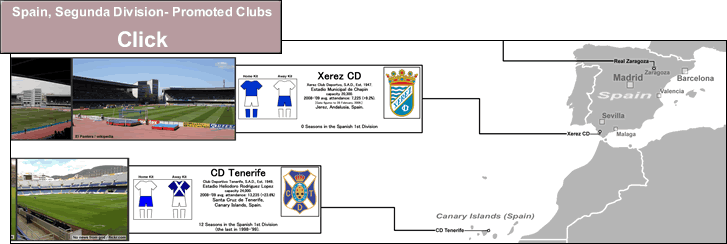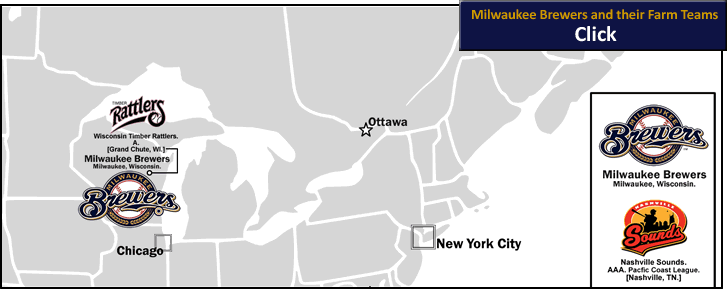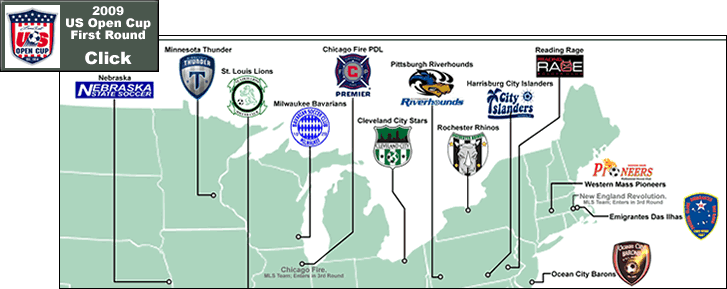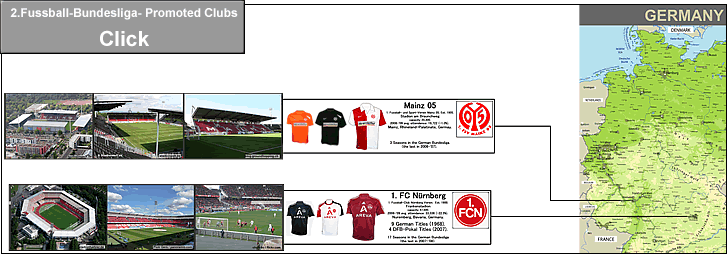
NBC Channel 40 (Atlantic City, New Jersey) sports highlights, of Ocean City Barons 3-0 Crystal Palace Baltimore (June 7, 2009, at Carey Stadium, Ocean City, New Jersey) [a 1st round match of the 2009 US Open Cup] {click here}.
2009 US Open Cup, 2nd round: Ocean City 1-0 Real Maryland (June 14) {click on the following: http://www.youtube.com/user/oceancitybarons }.
The Ocean City Barons, who hail from the south New Jersey coast (12 miles from Atlantic City), were awarded the $10,000 prize, as the amatuer team that advanced the furthest in the tournament. Impressive, as is the fact that the team is able to land a sponsor as respectable as Moen, the faucet manufacturer. Go Barons ! {Ocean City Barons site, here}. I also like the fact that the Barons play in a ground which has a ferris wheel as a backdrop. Well, they do play in a “resort town” (I know…linking the phrase “resort” with the concept of New Jersey is pushing it). And as they are 15 minutes away from Atlantic City, they have a sort of vague Blackpool FC-aspect to them.
The Ocean City Barons travel to Germantown, Maryland to play a 2009 US Open Cup 3rd round match against current Cup-holders DC United, on Tuesday night, the 30th of June. The venue, the Maryland SoccerPlex, is the former home of the USL-2 team Real Maryland FC (whom the Barons eliminated in the 2nd round).
Seven of the eight 3rd round matches will be played on Tuesday, June 30, with the Portland Timbers v. Seattle Sounders match on July 1.
3rd round schedule, with locations [3rd round is halfway down the page] {here (WVHooligan.com site)}.
One interesting fixture is the Harrisburg City Islanders v. New England Revolution, at New Britain, Connecticut…which is 83 miles (135 kilometers) from the Revolution’s home field, the gargantuan NFL venue Gillette Stadium (68,000 capacity), in Foxboro, Massachusetts. Last season, the Revolution drew 3,950 in New Britain, for a similar 3rd Round draw (beating Richmond 3-0); and in 2007, for a semifinal match, the Revs drew 4,203. This was four weeks after they drew a jaw-dropping, embarrassingly tiny crowd of 1,512, to a quarterfinals match at Gillette Stadium (!). “Major” League Soccer ? That gate figure is more appropriate for English Non-League football.
The largest crowd in the 2008 US Open Cup 3rd round was 6,678, in Bridgeview, Illinois for the Chicago Fire v. Cleveland City Stars. So the New England Revolution have been acting wisely, avoiding paltry home crowds that would be swallowed up by a sea of empty seats in Foxboro, by moving the game an hour-and-a-half’s drive west, to central Connecticut’s Veteran’s Stadium {see this}. This broadens the New England Revolution’s fan base, and getting around 4,000 for a match when there is no regular soccer team playing there is not too shabby…for the United States, that is, when it comes to ticket-paying soccer fans, or lack thereof. And one can see that a similar conclusion was reached by the DC United organization, in staging their home game v. Ocean City 22 miles outside the District of Columbia, in a 5,100-capacity stadium.
US Open Cup site {click here}.
[Note: please excuse the low quality of the non-MLS teams' jerseys on the map...6 of those 8 jersey images had to be cobbled together, as there were no better images I could find.]
Thanks to Albion Road site…Jeremy wrote the team write-ups on the map {AlbionRoad.com, click here}. Thanks to the contributors to the pages at Wikipedia {click here (US Open Cup page)}.



